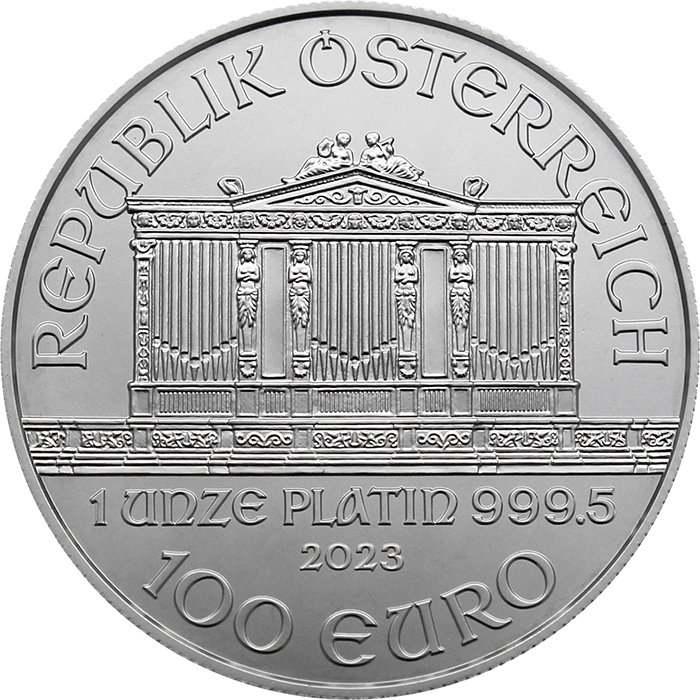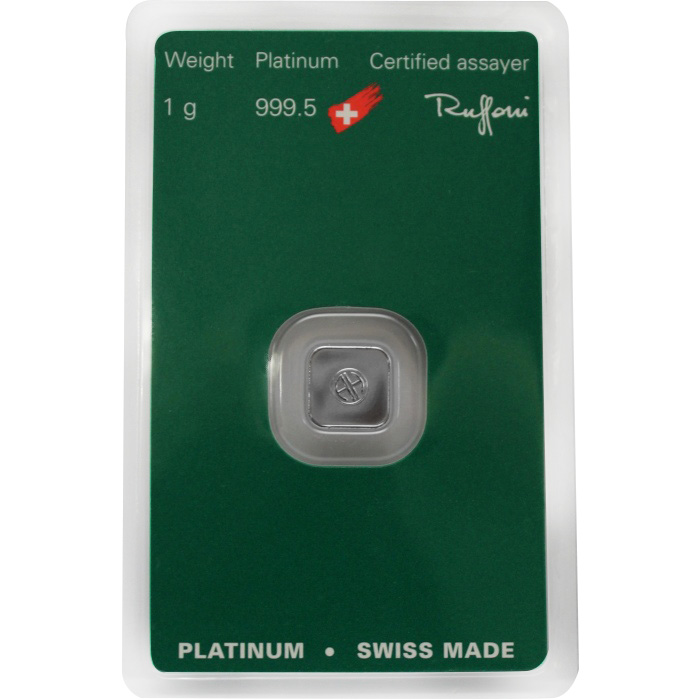Other investment metals
Platinum and palladium - two precious metals in the shadow of gold...
Both of these precious metals, which are rarer than gold or silver, hold many interesting things. Let's take a look at a few interesting facts from the world of these metals.
Platinum - Did you know?
- Platinum is a chemical element with the designation Pt and a relative atomic mass of 195.084.
- The name comes from the Spanish word "platinum" which means "little silver".
- Platinum is part of a group of metals known as the platinum group metals. We can include platinum, palladium, rhodium, ruthenium, iridium and osmium.
- Total annual production is about 130-200 tonnes. Gold is mined many times more, about 3,000 tonnes.
- The melting point of platinum is 1,768.25 degrees C.
- The boiling point is 3.825 degrees C.
- Most of the total annual production of platinum is mined in South Africa (about 80%), with the rest in Russia and North and South America.
- Platinum is mined together with other metals such as copper and nickel.
- For one ounce of platinum, it takes 10 tonnes of ore to be mined and 5 months of processing.
- Platinum bars and coins have a purity of 99.95% and are produced in 1 Oz and other sizes.
- Platinum represents rarity and the word is often associated with wealth. Today we see for example the award of a platinum card, getting a platinum plate etc., so it is seen as something more than bronze, silver or gold.
- King Louis XV of France declared that platinum was the only metal worthy of a king.
- Platinum's popularity is greatest in Japan, where nearly 90% of the world's platinum jewellery is consumed.
- Platinum was first used on the British crown of the Queen Mother, Elizabeth II.
Palladium - Did you know?
- Palladium is a chemical element with the designation Pd and a relative atomic mass of 106.42.
- The name comes from the asteroid "Pallas" discovered in 1802.
- Palladium is part of a group of metals known as the platinum group metals. We can include platinum, palladium, rhodium, ruthenium, iridium and osmium.
- Total annual production is about 200 tonnes per year.
- The melting point of palladium is 1,554.9 degrees C.
- The boiling point is 2,962.85 degrees C.
- The largest deposits are in Russia, followed by South Africa, with the rest in the USA, Canada and other countries.
- The largest consumption of palladium is in automotive catalytic converters.
- The Japanese government mandates that all subsidised dental alloys must contain at least 20% palladium.
- Palladium for jewelry typically contains 95% palladium and about 5% ruthenium.
- The first use of palladium in jewellery was in 1939.
- Palladium is 30 times rarer than gold.
- Around 1800, palladium was more expensive than platinum.















